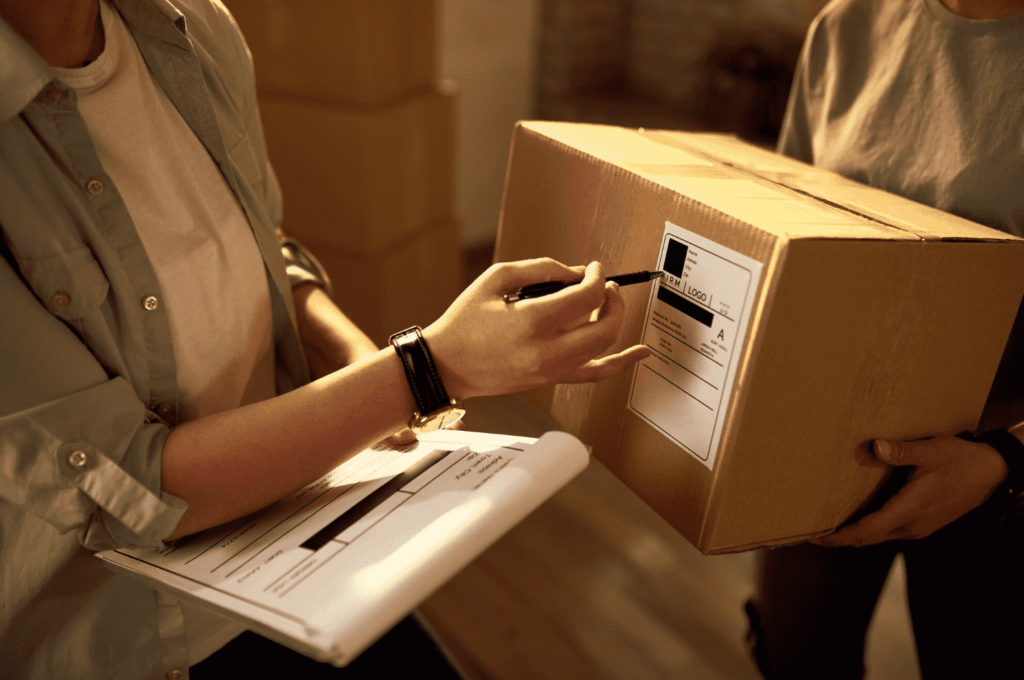Part of successful shipment and delivery is ensuring the packages leave in good condition, on time, and arrive at their destination in good condition. To do this requires the use of multiple tools, one of which is a shipping label.
A shipping label is more or less the ID card of any shipment and contains vital information about the package, ensuring safe and easy delivery. However, not everyone is well-versed in the workings of a shipping label. If you’re one of such people, read on to learn all you need to know.
What are Shipping Labels?
It’s pretty much clear what a shipping label gotten from CDM Labels is. However, for further clarification, a shipping label serves as the identity document of the shipment. It’s a vital aspect of e-commerce as shipping labels are basic requirements sellers need to have to deliver their products to their customers.
At the same time, a shipping label is unique for every package, but the information contained is the same, including the delivery address, name of product, shipment weight, tracking number, and some other vital information. Shipping labels are also important for identifying the content of any package. Even the type of shipment, e.g., courier used, is specified.
In essence, the important aspects of a shipping label are almost inexhaustible and that only shows why they are of high priority during the package and delivery processes.
What Information is Contained on a Shipping Label?
For a better understanding of the huge role a tiny shipping label plays, here’s a deep dive into what it contains:
- Recipient information: this includes the name, address, and phone number of the customer receiving the package. This aspect serves as a guide for proper and correct delivery of the package. The address tells the courier where to deliver, while the phone number helps keep in contact with the receiver.
- Sender’s address: it’s also important to know where the product is being shipped from to help with a complete brand experience. At the same time, it helps the courier know where to return the package if any issue is encountered.
- Tracking number: customers and carriers alike need to track the shipment while in transit. This is only possible when a tracking number is attached to it. A barcode matching the tracking number is also seen, making it easier for the product to be scanned and tracked throughout its journey.
- QR code: all the info about the shipment can be stored in a digital format readable by a machine. That’s what is called a QR code. This symbol is read by a machine for easy access to important details about the package.
- Weight: This is important for proper shipping, loading, and rate estimation of the product.
- Shipping method: carriers need to know if the package requires special handling or should be delivered in a different shipping class.
- Payment: Finally, the payment method will be explained in this section. That way, carriers will know when it’s a prepaid product or a pay-on-delivery type of package.
Conclusion
Shipping labels are the identity cards of any package, and you can’t ship a product without one. The information they provide helps secure the delivery process, ensuring no unforeseen circumstances occur.

